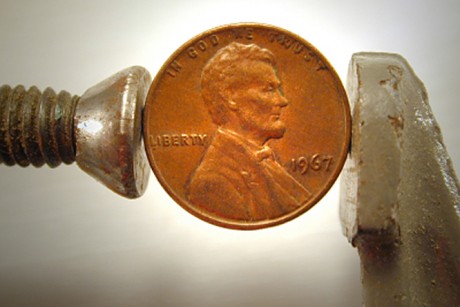
Recently I had a conversation with an intern we have working with us at Coastside Ventures about a business she is considering. An interesting sub-topic of the conversation revolved around keeping costs low, which is a pretty good business practice all around. However, as we were having the dialogue, it became clear that we were mixing costs in our conversation which led to a point where we explicitly worked to separate them and talk about their relative merits.
Generally speaking, keeping costs low in your business is a path to increased profitability. It’s healthy, it’s a good thing. But not all costs are created equal. Some things, like the paper towels in your bathroom, are just that costs. Other things, like the packaging that surrounds your products are something other than simple costs. And other things, like your business cards, may have attributes shared between the paper towels and packaging.
When I think about costs, I tend to think about the things that are required to make the business run. Aside from paper towels referenced above, things like checking accounts, credit card processing, payroll services, storage shelving, shipping, etc. fall into this category. Without them, business is not possible, but aside from having them present, available, and usable, they don’t add any value to your intrinsic business. When it comes to costs, I advise being the biggest cheap-skate you can be and without crossing the line into products/services that are so cheap they don’t work. If you are by nature a penny-pincher, this is the place to be absolutely brutal and non-compromising.
Where one needs to be thoughtful is when the cost in question touches or could touch your customer. For instance, packaging as listed above. Fixtures, bags, labels, lighting, sounds, temperature, etc. Each of these are real costs that may not be directly attributable to your product as cost-of-goods-sold (COGS) but have a direct impact on how your customer or prospective customer experiences your company. This is a place where cheap can frequently have an unintended negative impact on your business. The key for this sort of cost is to view it as an investment in the customer experience seeking a balance between achieving the objective of advancing your business vs. the cost of the items required to deliver that experience as a percentage or ratio of sales. This is a place to be thoughtful, compromising, and consistent in terms of what you want your experience to be and what you want your brand to project.
There is a third aspect of this which is to understand when something from a “pure cost” category moves into something closer to an investment in customer experience. This is tricky because there are no hard and fast rules to adhere to. I’ll give 2 examples. If you have a public restroom available to customers, procuring the cheapest paper towels and soap might not be such a good idea. Why? Because your customers will experience that as part of your business and will notice the relative lack of quality in this area which could be a net negative impact to their experience. The second example is credit card processing. Sure, you can go get the lowest possible rate with a soul-less, common swiper/printer machine. However, think about the impact of having a customer use an iPad coupled with a Square reader – it could be the first time that this customer ever touches such a device and it says something about your business. There are clearly cheaper approaches to these topics, but at what price to your customer experience and brand?
So, to summarize this post: not all costs are created equally. Separate your costs into true costs to be cheap about, costs that you might want to make tradeoffs on for customer experience, and be sensitive to costs that may change over the course of your business and anticipate/respond accordingly. Good luck in your business!









